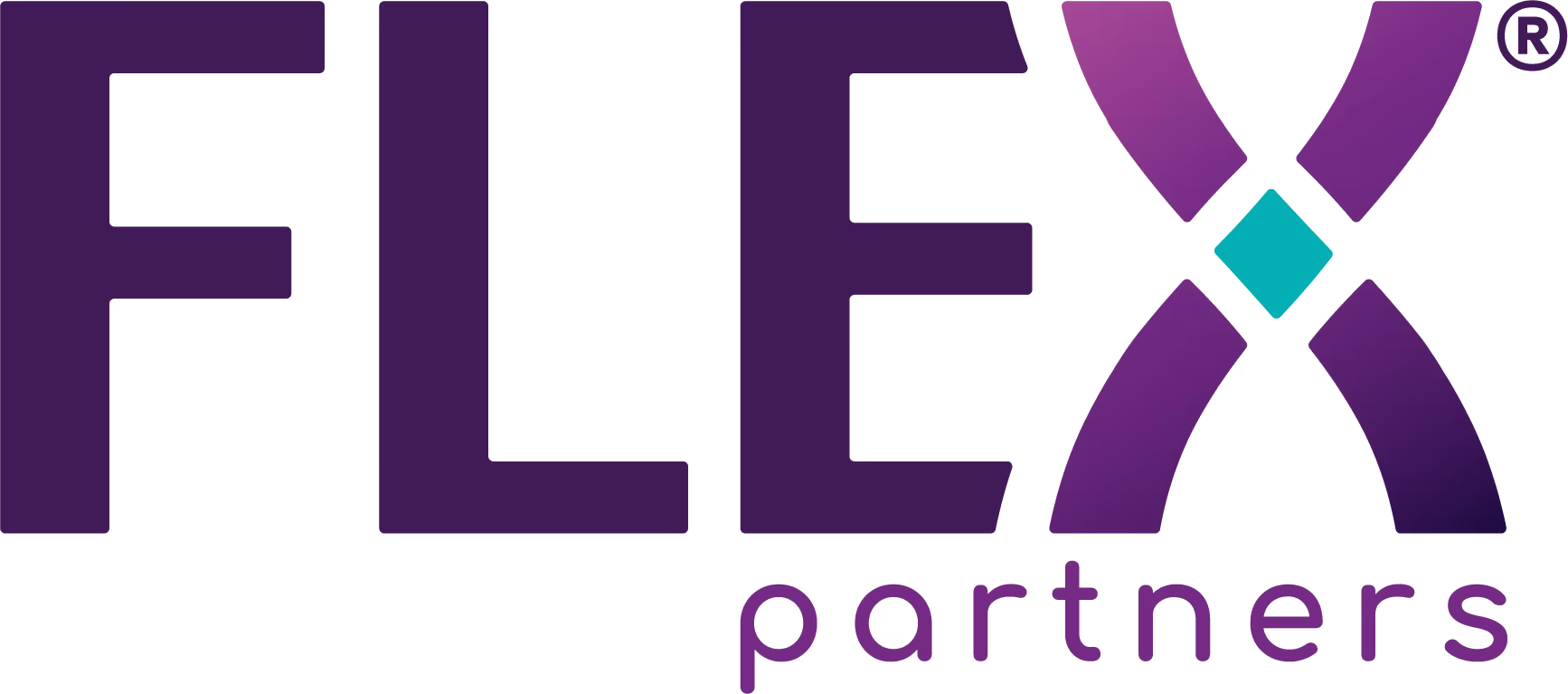
Why AI Fluency Matters for the Future Workforce
Author: Whitney Munro
In the national conversation about the future of higher education, the prevailing tone has turned cynical. With ballooning student debt, outdated curricula, and a growing disconnect between college degrees and job market readiness, many Americans are asking a hard question: Is college even worth it anymore?
Enter The Ohio State University with a sharp pivot from the status quo. Their newly launched AI Fluency Initiative isn't just timely, it’s a blueprint for what higher education could look like in the 21st century.
AI isn’t coming—it’s already here. It’s reshaping how we work, communicate, and learn. And now, even the world’s leading AI companies are actively embedding their tools into the fabric of higher education. As The New York Times recently reported, OpenAI is partnering with major universities, funding AI research, and helping institutions integrate generative AI into teaching, grading, and even administration.
In this new landscape, fluency with AI isn’t a bonus skill. It’s fundamental. But here’s the critical distinction: students don’t just need exposure to AI. They need structured, thoughtful education on how to use it responsibly. That’s where Ohio State’s approach stands out. With a commitment to embed AI literacy across disciplines—not just in tech programs—they’re empowering every student, from engineers to artists, to understand and ethically apply these tools.
And we shouldn’t stop there. If we wait until college to teach AI literacy, we’re already behind. As AI becomes more ingrained in daily life, and as tools like ChatGPT are accessible to students as young as 10, it’s imperative that integrity, accountability, and proper use are built into K–12 education, too.
While other universities scramble to catch up or continue business as usual, Ohio State is making a strategic bet: students will need more than credentials to succeed, they need capability. Their AI Fluency Initiative blends updated curriculum, interdisciplinary collaboration, real-world application, and responsible AI use. It’s not only smart, it’s ethical, inclusive, and urgent.
What’s more, it recognizes that students aren’t just learners. They are future leaders, creators, and problem-solvers. By building AI fluency into the core of its educational DNA, Ohio State is not just preparing students to get jobs—it’s preparing them to shape industries.
We teach digital citizenship. We teach plagiarism. Now we need to teach prompt engineering, ethical use of AI outputs, and the difference between original thinking and algorithmic regurgitation. These aren’t futuristic concerns. They’re classroom realities today.
At FLEX Partners, we’ve spent years working with organizations that are grappling with how to keep pace with modern workforce needs. We’ve seen firsthand the gap between academic theory and operational reality. When businesses are left training graduates from scratch, we all lose. Time, money, and innovation are left on the table.
Higher education doesn’t have to be irrelevant. It doesn’t have to be a punchline in a debate about ROI. But it does have to evolve.
Ohio State is proving that when universities lead with intention, align with workforce realities, and dare to innovate, they can be more than degree mills—they can be launchpads for the future. The rest of the education system—from kindergartens to campus halls—should take note. Because AI isn’t waiting for us to catch up.

Ready to FLEX?
When you're ready for strategic support that adapts to your unique needs, FLEX Partners is here to help. Connect with us to explore how we can empower your success.
